Thackley Old Tunnel
Thackley Old Tunnel
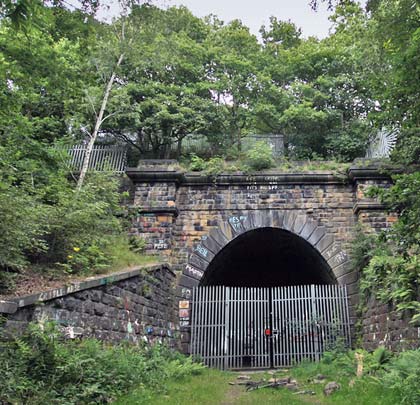
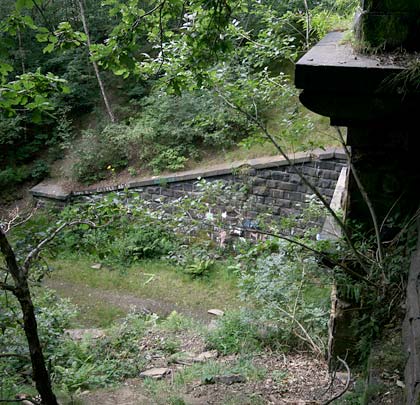
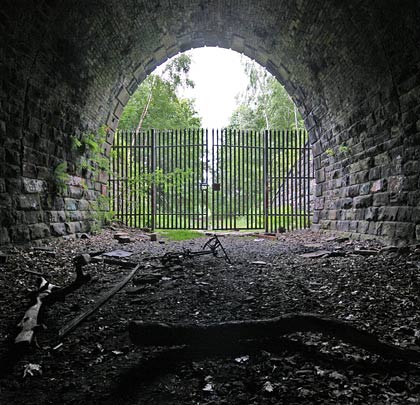
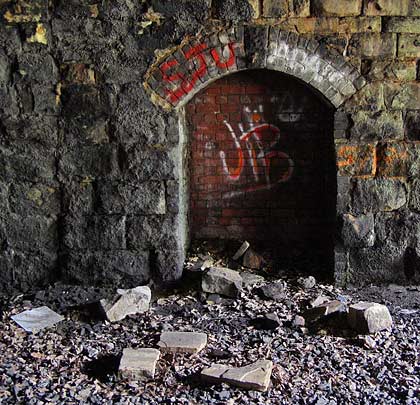
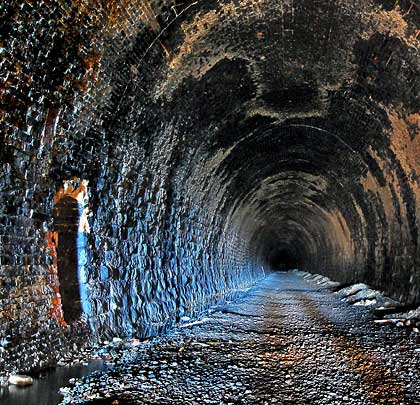
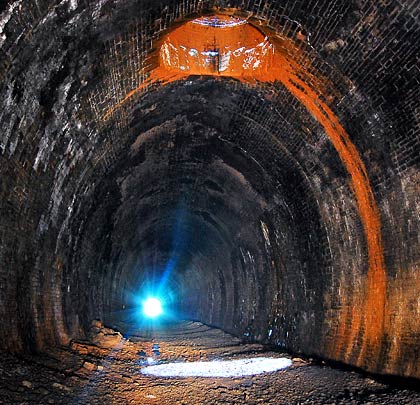
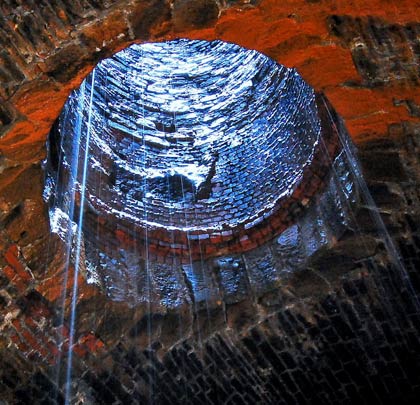
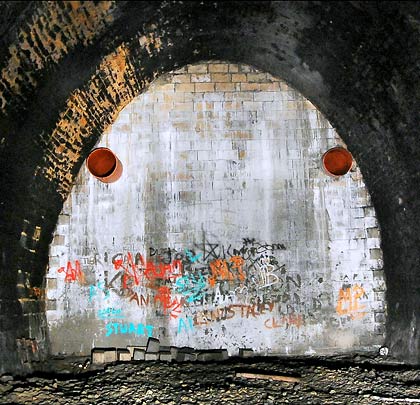
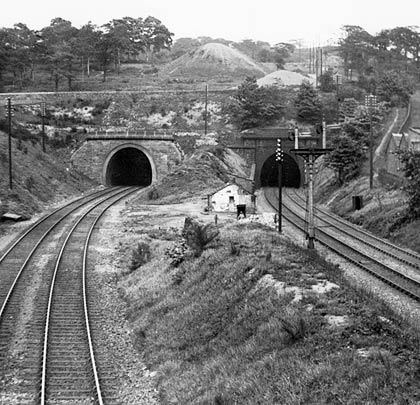









Promoted by a group of Bradford businessmen and chaired by George Hudson, the Leeds & Bradford Railway was incorporated in July 1843 following the granting of Parliamentary approval for a line entering Bradford from the north, terminating at Market Street Station, now known as Forster Square. The Leeds end was at Wellington Street.
Engineered by George Stephenson, the route’s flagship feat was a tunnel of 1,496 yards (132 yards longer than planned) through a spur of land called The Nosegay. It measures 24 feet wide by 20 feet high and follows a broadly east-west alignment, incorporating a curve to the south at its western end. Contracted to build it were Messrs Nowell and Hattersley. The tunnel was driven from seven shafts, about 250 yards apart, the deepest of which was 252 feet. Two disappeared as the approach cuttings were excavated; the other five were retained for ventilation and four remain open today.
Work on the tunnel finished in May 1846. Over the preceding three years, several navvies lost their lives. Amongst them were William Hervey, 39, who got his foot entangled in the winding gear at one of the shafts and was mangled to death in May 1845; an unnamed labourer was killed when he fell down a shaft one month later; James Horatio Bishop, aged 19, was buried by a fall of earth at No.4 shaft in September 1845; miner John Stephney was crushed when a stone fell on him in January 1846.
Following the tunnel’s opening on 30th June 1846, passengers in the open carriages complained of the soaking they received as a result of water penetrating the lining.
In 1853, the line was absorbed by the Midland Railway. As a result of its success, quadrupling of the route took place in 1900, necessitating the driving of a second bore to the north side of the original.
Thackley Old Tunnel was deemed surplus to requirements in 1968, coinciding with closure of the GN’s branch from Shipley to Laisterdyke via Idle and Thackley. In the 1970s, about 80 yards of its middle portion was backfilled by British Rail due to severe distortion of the lining. However this also had an impact on maintenance workers who used it for vehicular access along the track.
The portals are impressive stone-built affairs, with substantial voussoirs and attractively masoned copings. Triangular wing walls extend outwards, parallel to the trackbed. Ovoid in profile, the lining comprises masonry sidewalls and a brick or stone arch. Brick-backed refuges were provided for the benefit of the line’s platelayers.







